Cascading plants add beauty to gardens. The plants grow like vines that will trail down vertically, creating a waterfall effect. Some spread to retaining walls horizontally by creating a thick covering. It can also be a delight if you grow them on hanging baskets.
Growing these plants improve the appearance of dull walls or fences. If you want evergreen foliage and abundant blooms, you should know the suitable location where the plants flourish.
Sunlight is vital for the development of leaves and colorful flowers. So, check if the plants are in a sunny place.
We have gathered 17 of the best cascading plants you can grow under full sun. Read along to know which plant to choose.
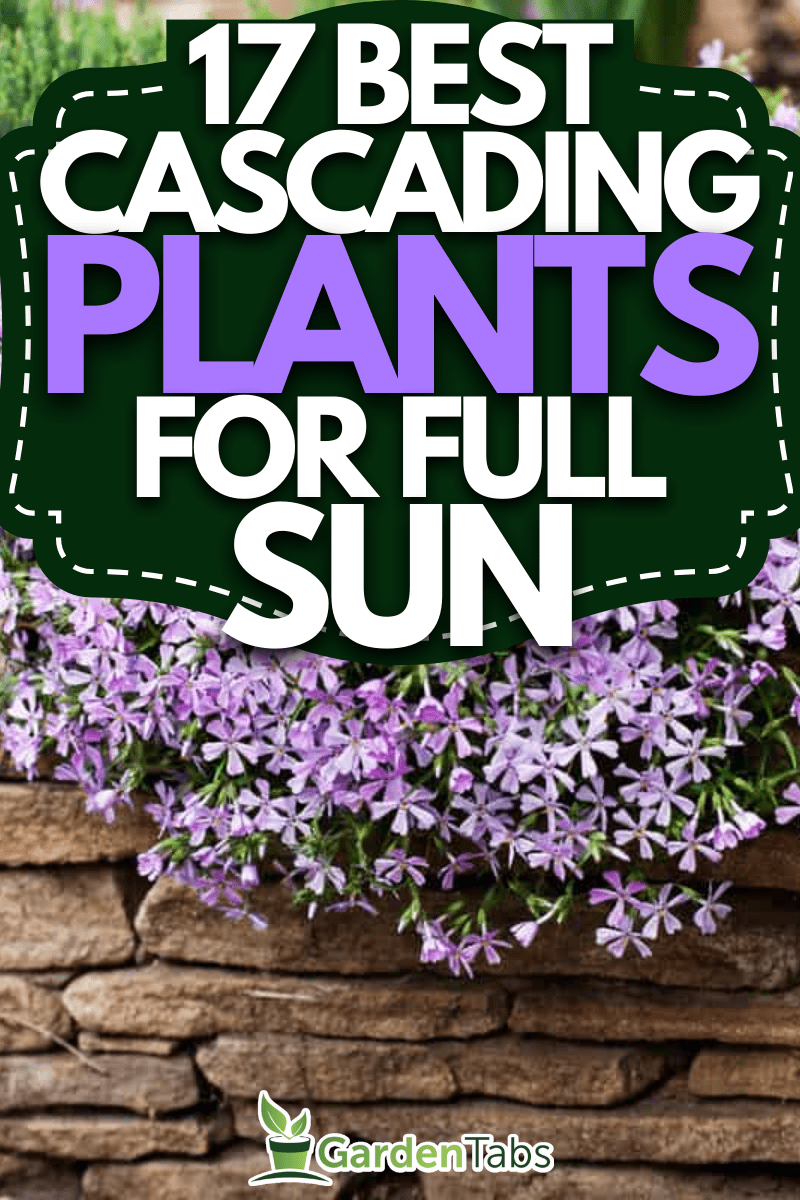
1. Common Ivy
Also known as English ivy, this plant is a good cover for walls and similar structures. The ivy likes shady to full sun exposure. It grows slowly but reaches up to 50 feet. As super climbers, they are low-maintenance as long as the soil is moist.
However, the common ivy is a notorious weed. The plant is a threat where there is vegetation. As they climb, tree trunks, branches, and twigs get enveloped by the vines.
As a result, the ivy prevents sunlight from reaching the tree's foliage. After many years, the tree will die. You should refer to your state regulations before you plant outdoors.
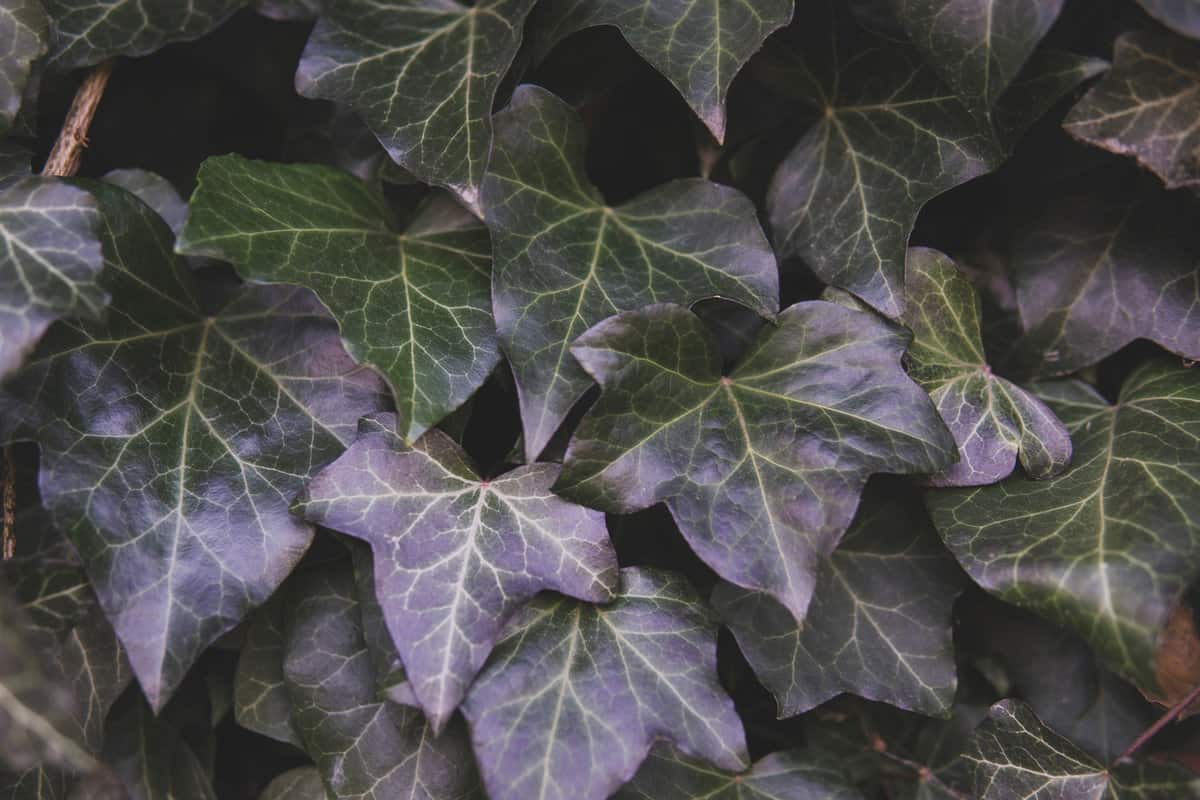
2. Creeping Phlox
This plant is native to North American mountains. The phlox is an attractive groundcover growing well in full sun on moist, well-drained soil. Once it has matured, it becomes drought-tolerant.
Although it naturally spreads horizontally, you can place it in hanging pots, so the colorful flowers overflow on the rims.
When growing on pots, here are the steps:
- Grow the phlox seeds indoors at least 6 weeks before the last frost. You can also buy them from a local plant nursery to start with the small plant.
- After the frost, transplant it to a pot with a good potting mix. Make sure that the pot has a draining hole.
- Do not overcrowd the plant to allow it to sprawl. Leave around 6 inches between each plant.
- Water the plant immediately after planting.
Avoid watering too much to prevent rot. Cutting the plant back also helps to encourage more blooms.
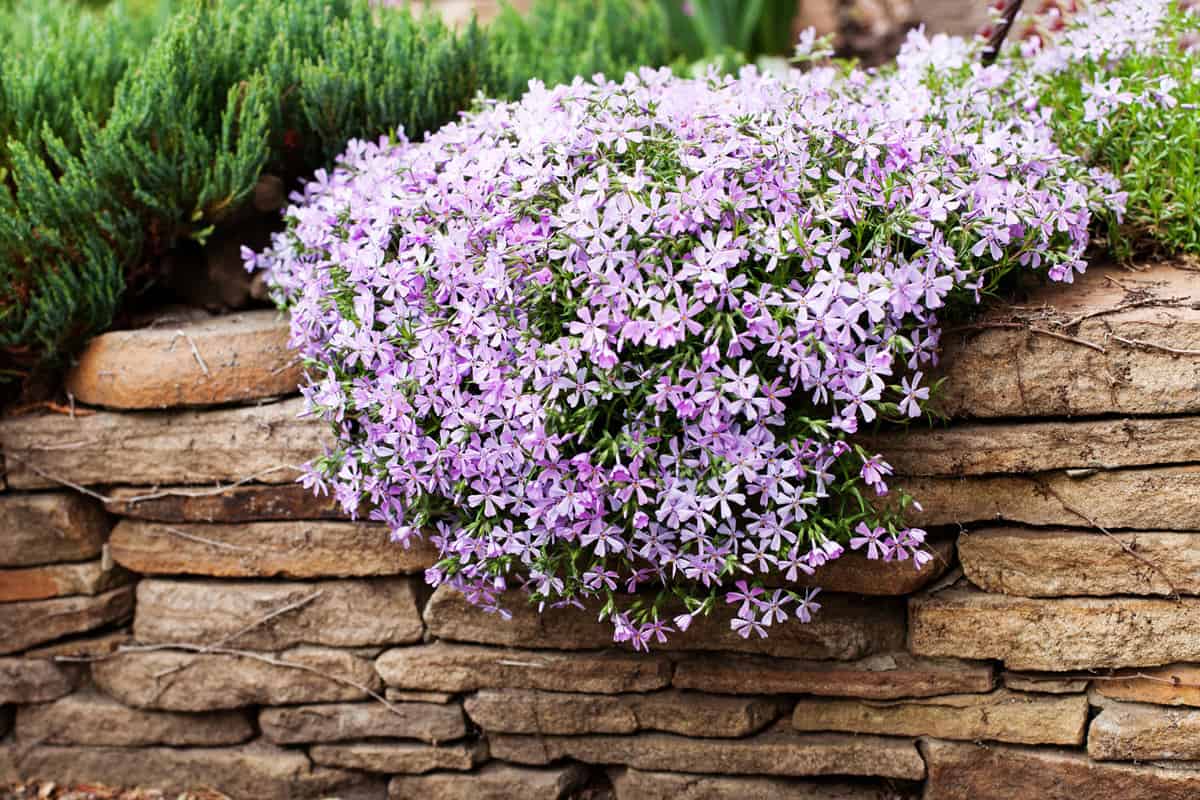
3. Creeping Thyme
Even though creeping thyme is a groundcover, it will flourish in hanging baskets or window boxes. The ornamental herb is a full sun lover that can grow up to 3 inches. Be patient because the plant needs one year before spreading.
When the foliage grows, it creates a soft look as they gently spill over.
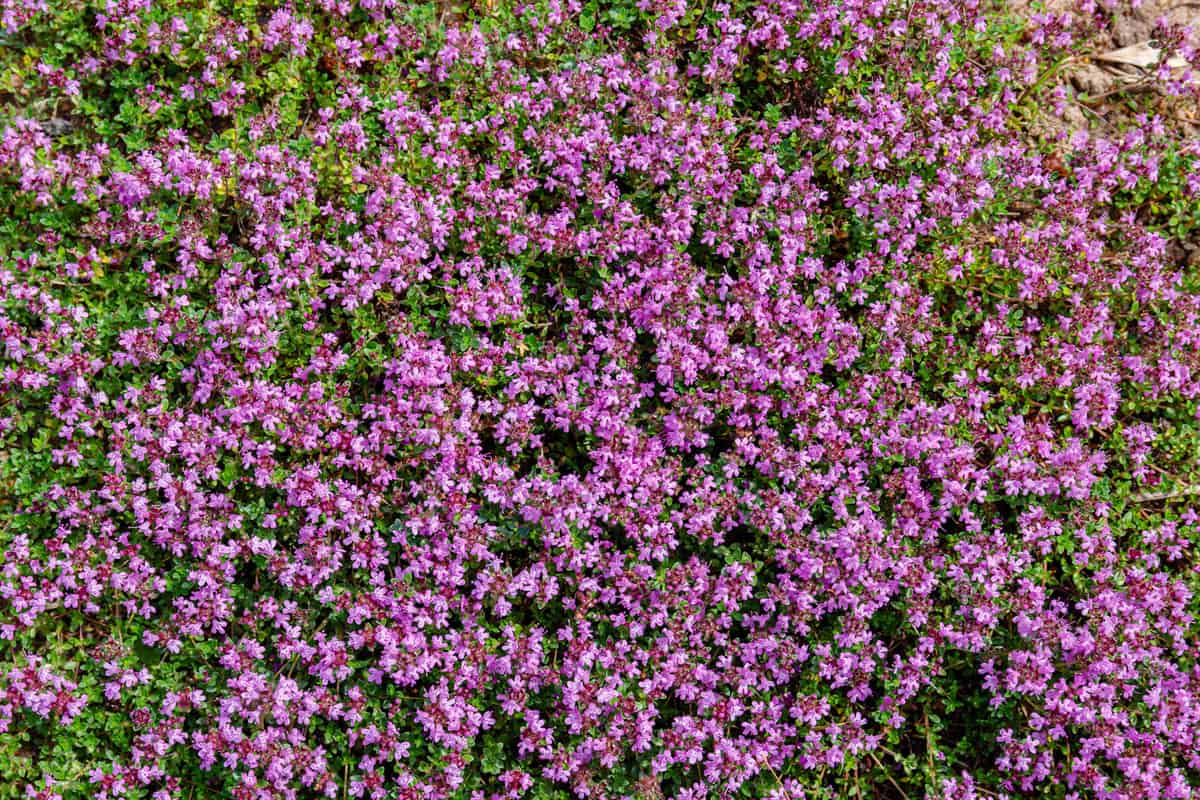
4. Candytufts
The beautiful blooms of candytufts can provide great retaining wall scenery. Choose a planting site where the candytufts can receive full sun. The plant will need at least 5 hours of direct sun exposure every day.
The average candytufts height is around 6-8 inches, spreading from 12 -35 inches.

5. Arabis Alpina/Garden Rock Cress
This sprawling perennial loves the full sun. It naturally grows along streams and meadows as groundcovers. Its average height is 6 inches to 1 foot. The arabis has loose and spreading rosettes and 2-inch green leaves that cascade on the walls.
If you want the plants to promote more blooms, you must cut back the foliage. Skipping the cut leads to bare branches, leaves only appearing at the ends, and a limited spread of rhizomes.
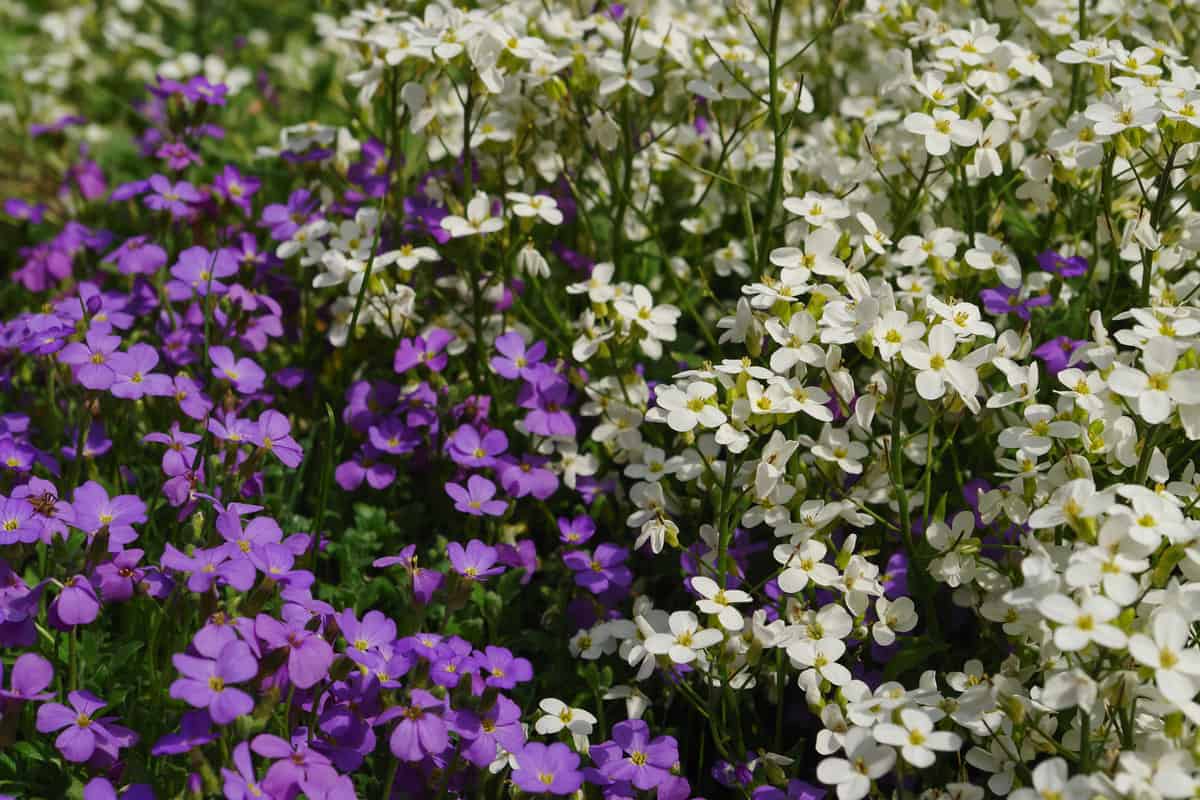
6. Cascade Blue Rock Cress
This variant of rock cress has deep blue spring blooms. You can hang them over a rock wall or baskets to add color to the landscape. The plant will spread 1-1.5 feet across and 3-6 inches long if you plant under full sun.
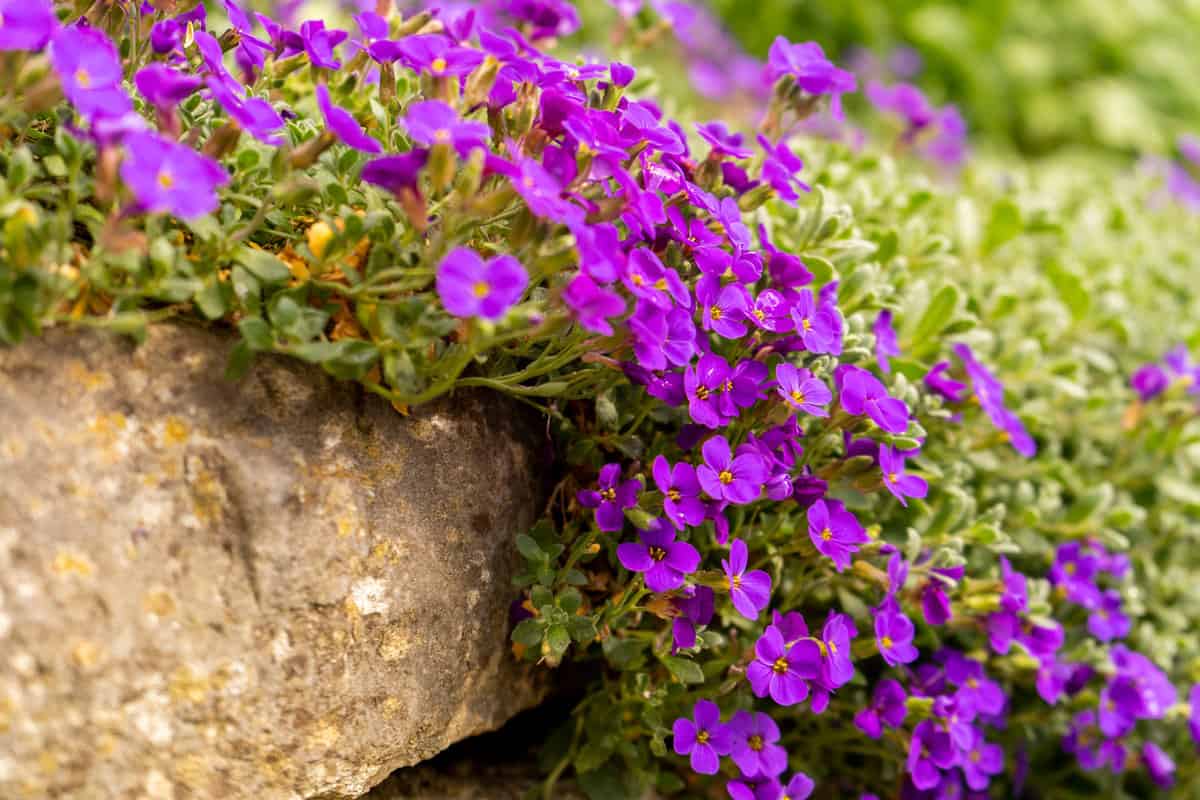
7. Aubrieta/Purple Cascade
These purple flowering plant looks great when they cascade down a wall. If taken care of, the aubrietas create a waterfall appearance. You can also add them to your balcony or place them in hanging pots.
Like other cascading plants, it loves the full sun and well-drained soil. It can grow from 6-8 inches and bloom from April to May. Cutting and dividing the plant will help in reblooming.

8. Trailing Lobelia
Lobelias will spread well with at least 4-6 hours of full sun. You can plant the trailing lobelias in a hanging basket together with other trailing plants to create some accent in your garden.
They can be fillers or spillers if you combine them with other annuals. You can plant a mass of lobelias to spill over a rock wall or along a slope.

9. Climbing Strawberry
You can plant some climbing strawberries with sweet and abundant fruits if you have limited gardening space. They love a sunny location but will need some overcast when temperatures are hot.
Climbing strawberries do not climb on their own. For this type of strawberries, you must tie the plant high on a 5-foot climbing frame or spirals. The plant's runners can grow as tall as 6 feet.
Some of the varieties to choose from are the Hummi and Mountain Star.
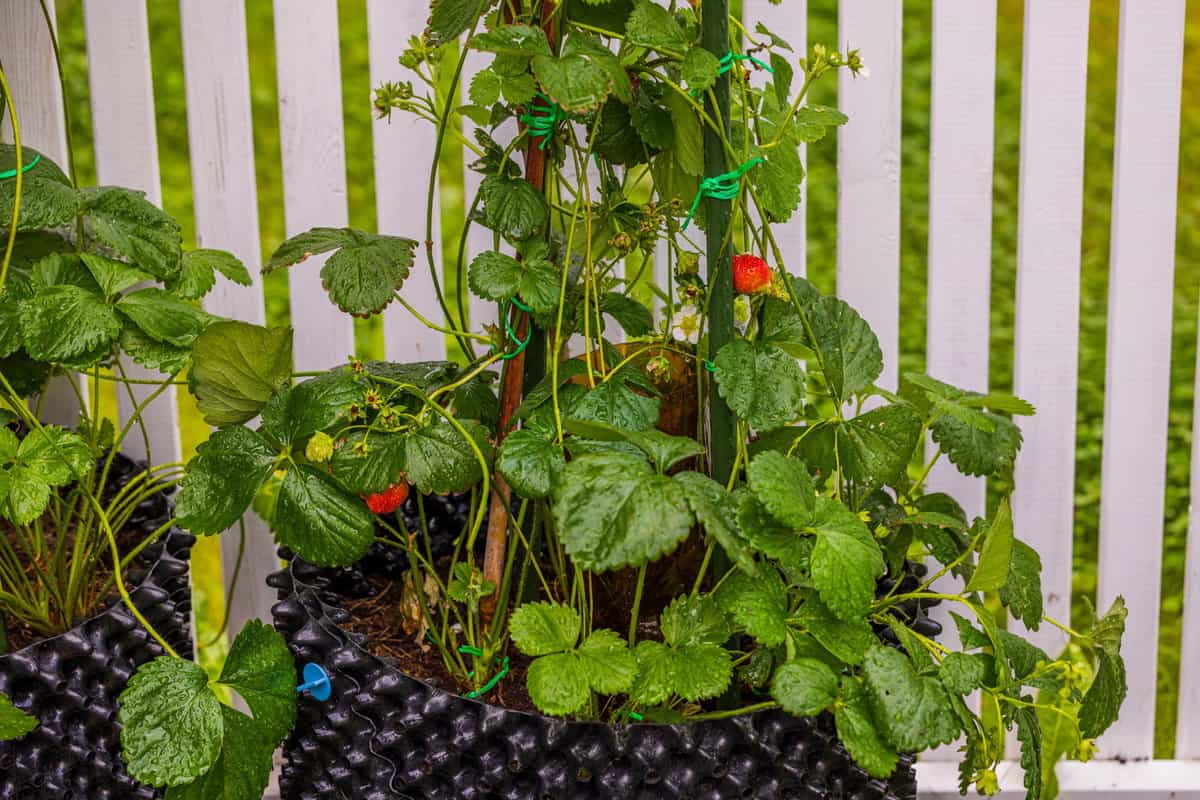
10. Weeping Loropetalum
The purple foliage of weeping loropetalum is a great cascade over retaining walls or a spiller when planted on hanging containers. The plant is drought-tolerant, and the required sun exposure is under full sun to partial shade.
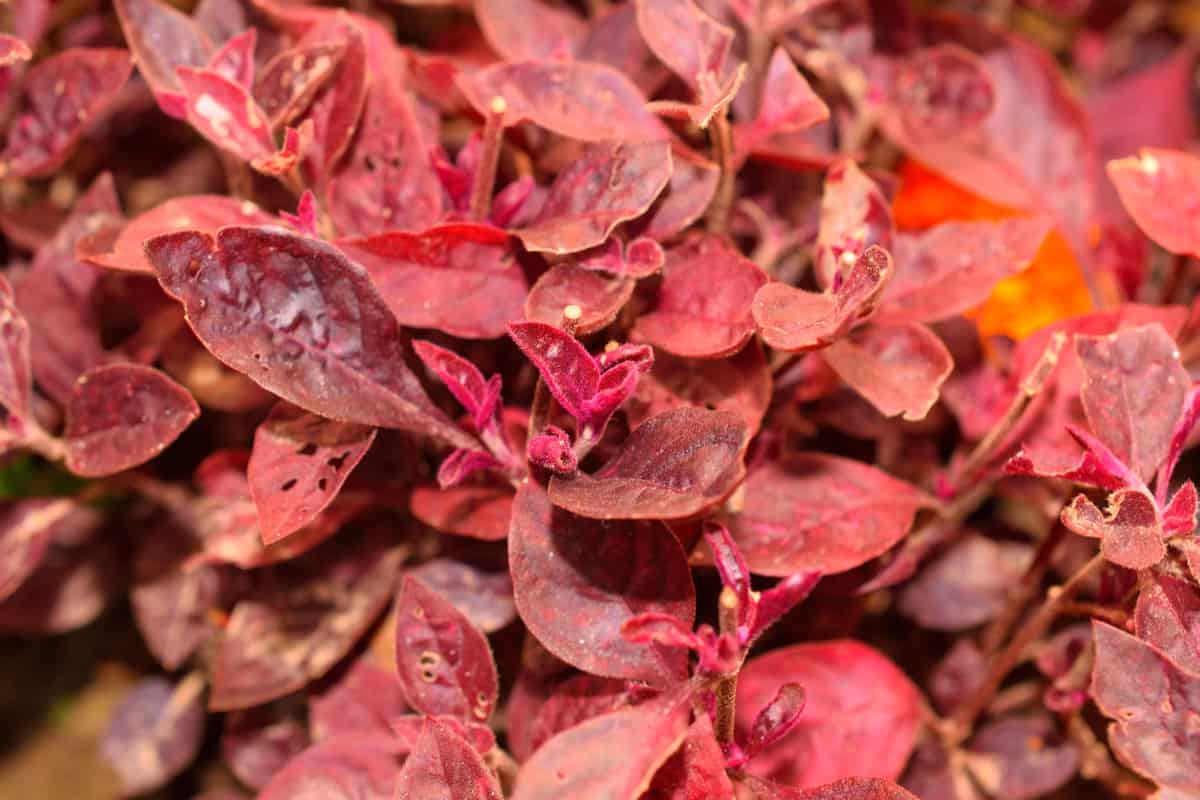
11. Tumbling Losetto Tomato
The losetto tomatoes require a warm sunny location on fertile and well-drained soil. The plant can grow up to 6 feet.
You can plant this cascading tomato variety on top of a retaining wall and let it spill over. These tomatoes might not cover the walls throughout the year, but you will have delicious fruits you can harvest in summer.

12. Morning Glory Vine
The morning glory vine produces annual blooms from pink to purple colors that can tolerate 6 or more hours of direct sunlight. They spread quickly and are difficult to control.
Most will plant this vine on hanging baskets to control growth. It is typical that the vines grow upward but can also droop down from hanging baskets. Make sure there's enough space for the plants to grow to create a pleasing display.
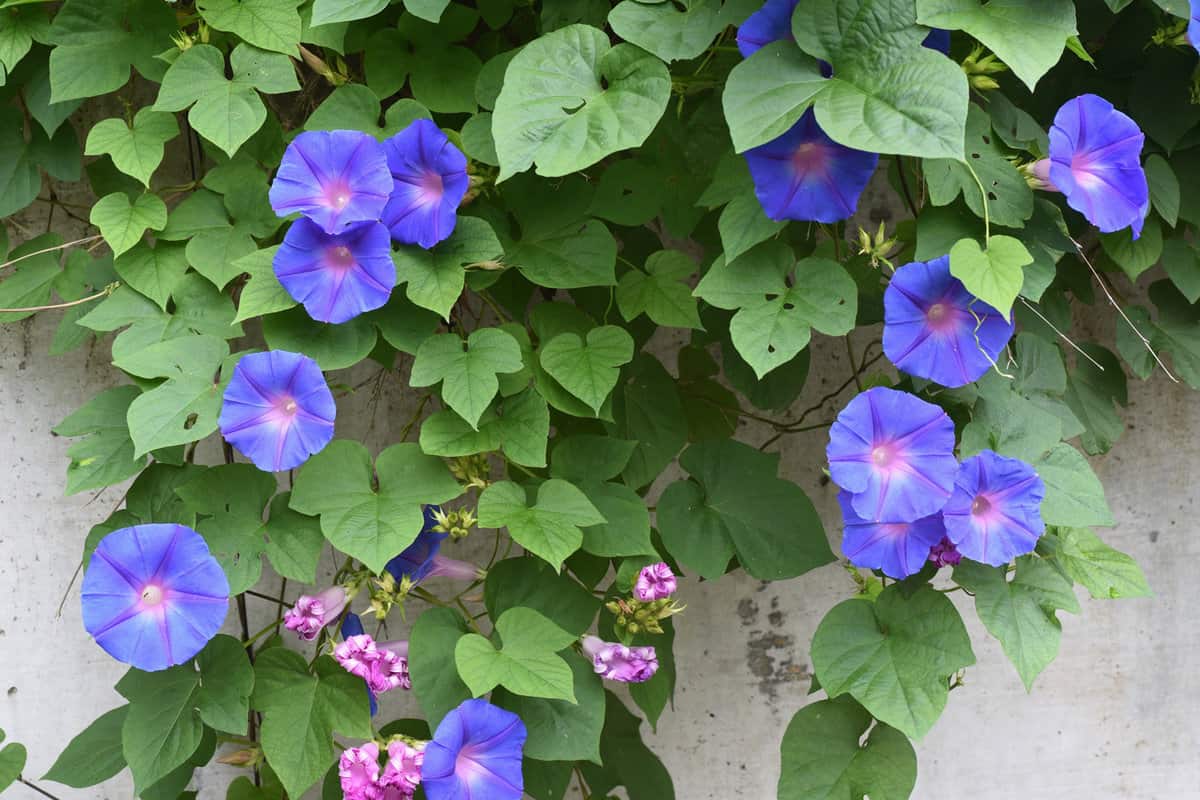
13. String Of Pearls
You would love to have these low-maintenance succulents cascading over your garden walls or on hanging baskets. Their maximum height is only around 1-2 feet.
Planting indoors is best for the plant. If growing outdoors, you should place it somewhere sunny in the morning and protect it from the harsh afternoon sun to avoid sunburns. Around 6-8 hours of filtered sunlight helps the plant to flourish.
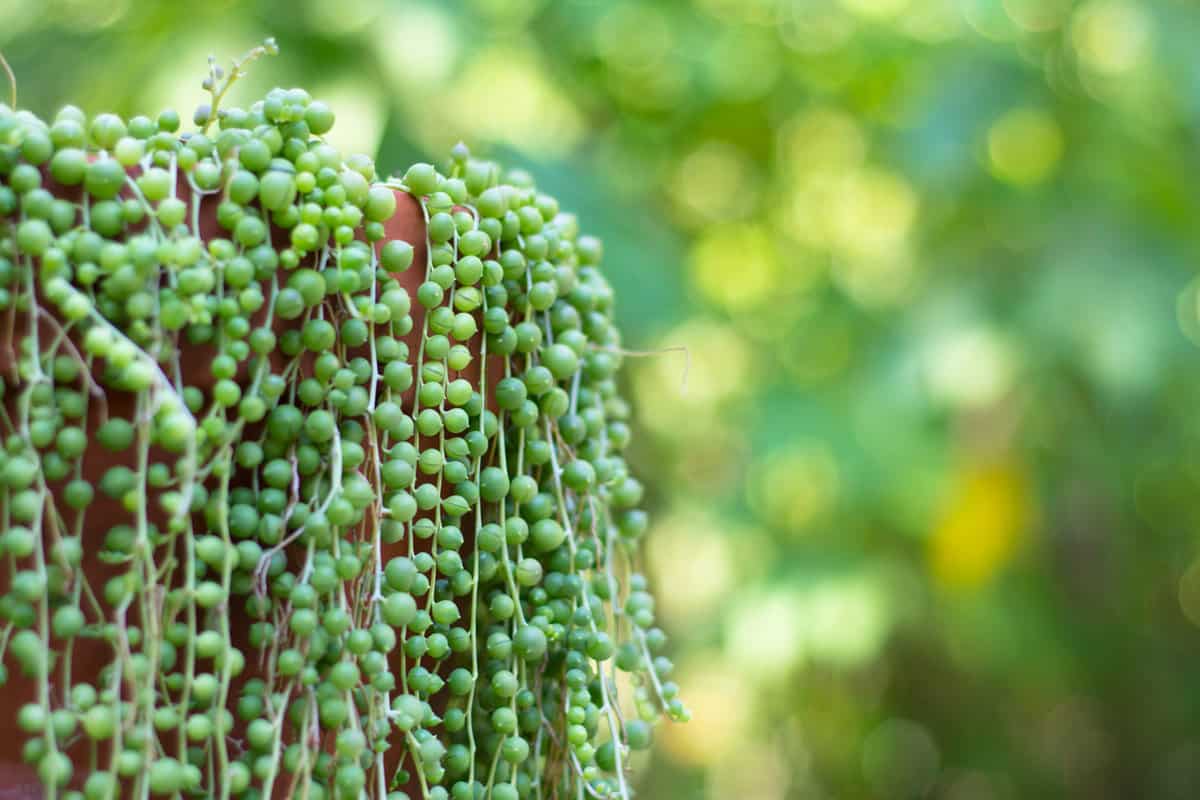
14. Trailing Rosemary
The trailing rosemary is one of the toughest plants under the full sun. You can minimize fungal infections you expose the plants in sunny conditions.
Although it is a common ground cover, it will grow well on retaining walls. It can only grow about 1 foot high but can spread more than 5 feet.

15. Blue Rug Juniper
The blue rug or wiltoni juniper grows flat and has long trailing branches commonly used as groundcovers. Its foliage has scaly and silvery blue leaves that form dense mats.
The plant will spread as wide as 8 feet even if the matured height is around 4-6 inches. Growth is faster when planted under full sun.
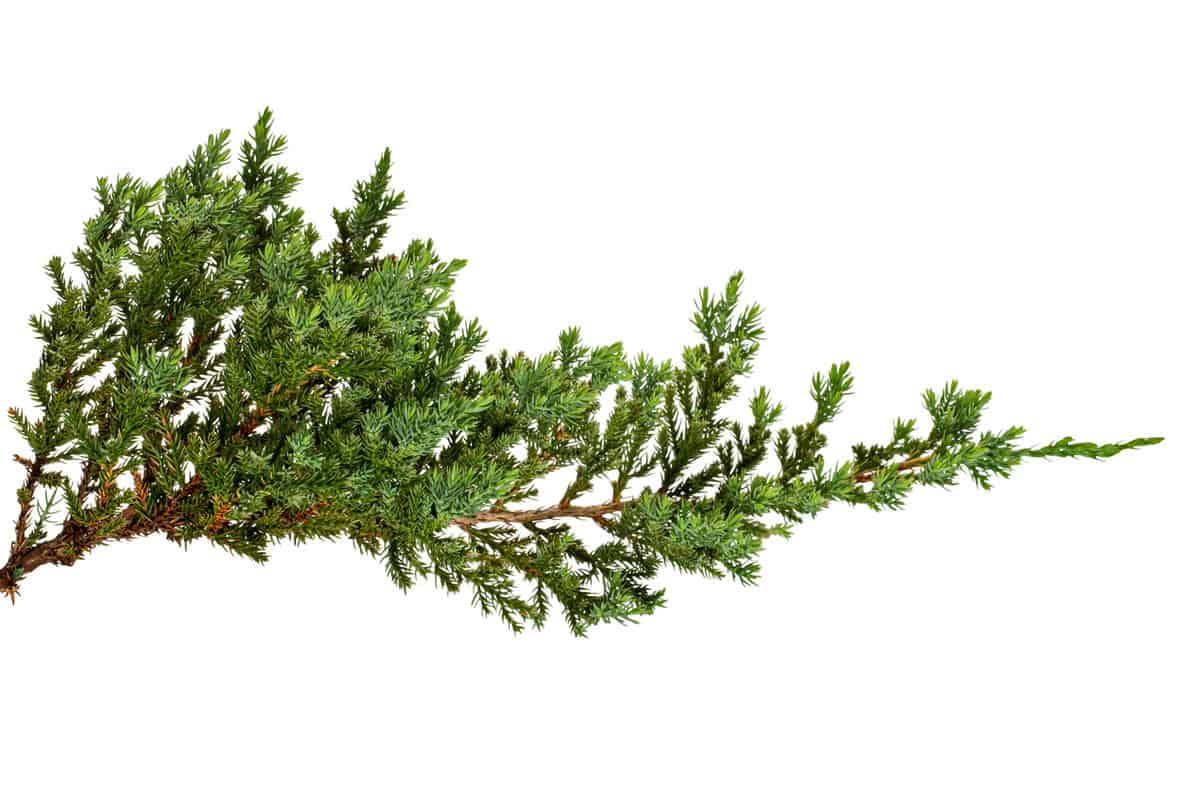
16. Wave Petunia
The Wave petunia is suitable for filling retaining walls and cascading out of balcony planters or window boxes. It requires full sun exposure to produce vibrant flowers in spring and summer. It will keep blooming when it gets the right amount of sunlight.

17. Silver Falls/Silver Nickel Line
The evergreen silver falls grow tender masses of small, fan-shaped, and shimmering leaves. The vines grow only about 3-4 inches high but spread 3-4 feet wide.
These trailing accent plants need full sun to grow rapidly. The plant cascades gracefully on hanging baskets or edges of the raised beds.
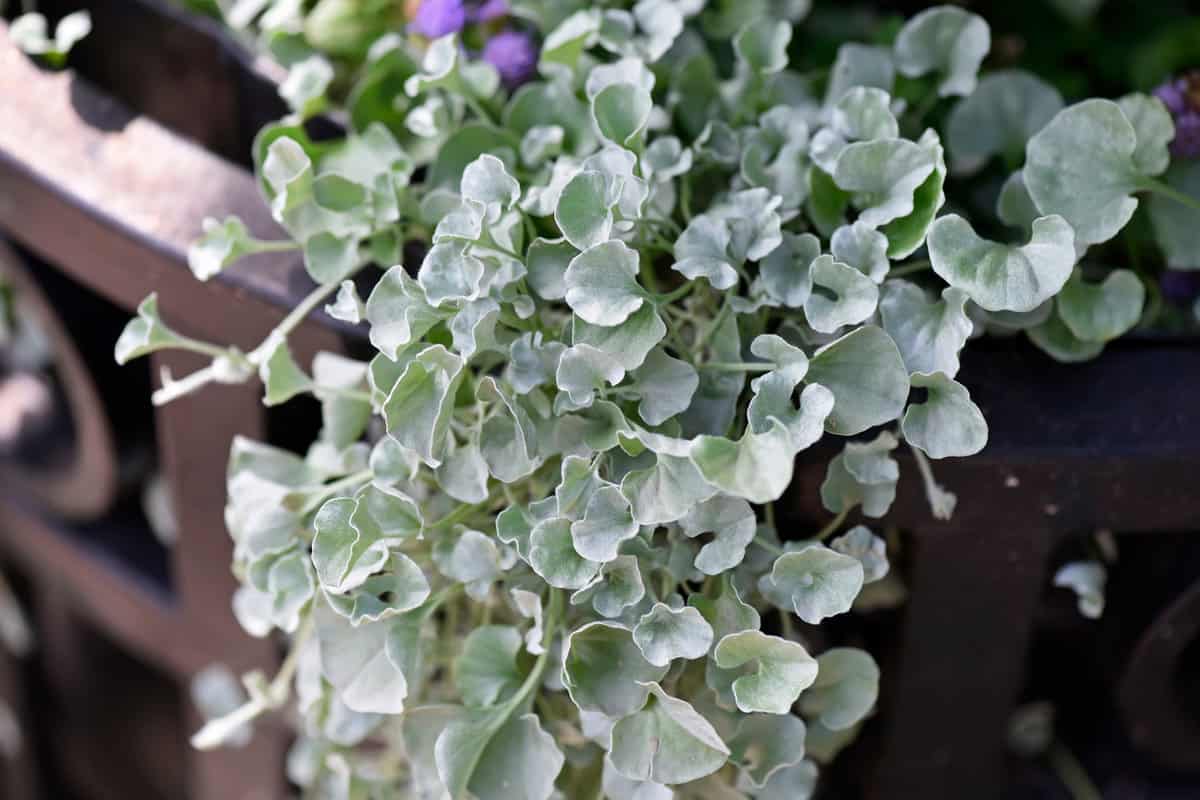
In Summary

Cascading plants that love the full sun are great additions to your garden. You can plant them on retaining walls, in hanging containers, or along balconies. Sunlight is vital for the growth of dense foliage and blooms.
Some of the plants are short but will spread wide. The vines and branches trailing down will be suitable fillers or spillers.
Aside from a sunny location, you should also prepare good soil where the plants can thrive. It is also essential that you know the proper maintenance for the plants. If you choose the right cascading plants, you can achieve beautiful scenery for your gardens.
Discover other plants you can grow in your garden from these posts:


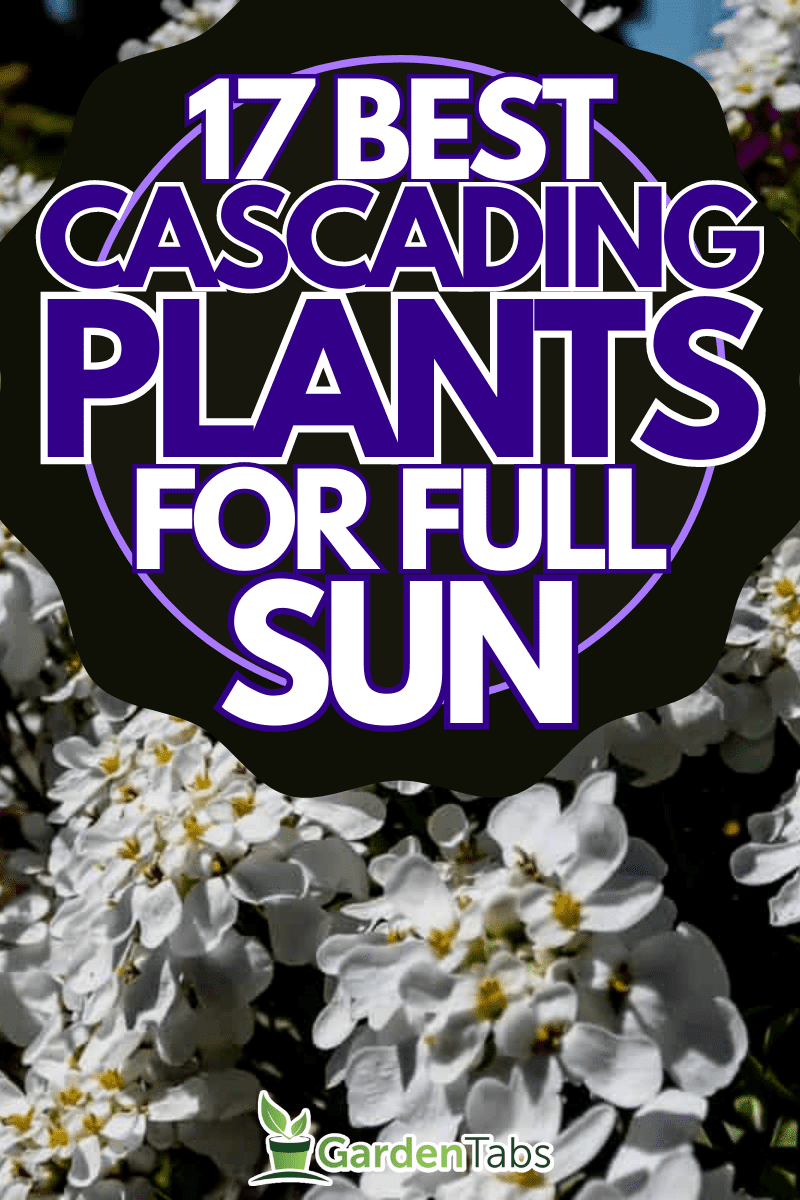
You don’t indicate if these plants are annuals or perennials, or if any of them require maintenance, such as dead heading. We have window boxes that would make ideal homes for some of the plants mentioned, but the boxes are difficult to access so once planted they would only be watered.